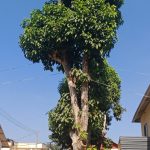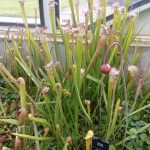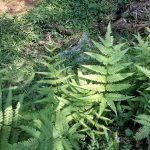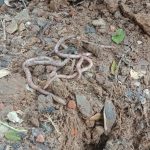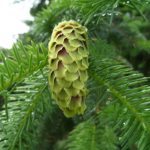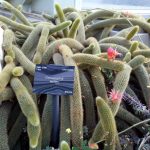Organic farming focuses on enhanced performance of the traditional varieties by providing nourishment to the environment where the crop grows without using any type of chemicals. Use of chemical fertilisers and pesticides is completely eliminated. The control of pests is achieved by using pest-repellants and biocontrol agents instead of destruction of pests. A number of cropping patterns and farming practices are integrated into the cultivation process which in turn takes care of pest control. This strategy is popularly known as Integrated Pest Management (IPM) which looks like a fashionable term. But IPM is a simple method that had been practiced since pre-historic times when man took to Agriculture. He used simple natural methods to ward away pests and keep them under control. With the advent of civilization and modernization it slowly took the backseat and now the need has arisen to bring it to the front. In Sustainable farming Integrated Pest management can be practised in several ways but here I am presenting you 5 simple methods for Integrated pest Management.
- Cultural Methods
These are methods that involve strategies for cultivating the plants to keep pests away. These methods include polyculture, intercropping, mixed cropping, crop isolation and crop rotation.
Monoculture is undesirable because it will attract a particular group of insect or disease causing agent and the numbers will start increasing. If Polyculture (growing different types of plants on the same plot) is practised more than 1 type of insect will be attracted and among them there will be competition and the insect populations will be reduced or repelled.
Intercropping also serves the same purpose but these involves growing one or more plants in alternating rows along with the main crop. This also helps prevent losses that may incurred if one crop fails.
Crop isolation involves growing a crop isolated from other crops with trap crops around that can harbor the harmful insects and crop may be saved
Crop rotation is a method of alternating crops season after season on the same plot to improve nutrient availability and prevent insect attack. Generally a legume crop is alternated with a non-legume or vegetable crop to increase nitrogen availability and reduce disease incidence
2. Integrated farming methods
This involves integrating crop production with dairy farming, poultry farming and fish culture. Dairy farming produces cow dung and cow urine which are both used as pest repellents. Grazing and trimming of herbs (herbivory) can also bring about weed control in a sustainable way.
Raising of bees for honey (Apiculture) and silkworms for silk (Sericulture) could be the other integrated techniques that could help reduce insect and disease incidence in the crop fields.
Some of the insects that frequent these areas may act as predators of seeds of weed plants and may help in controlling them.
3.Use of pest-repellent formulations
Many herbal etracts can be used as pest-repellent formulations and the common among these is called 3G (Ginger, Garlic and Green chilly).
This is prepared by taking equal amounts Ginger, Garlic and Green chilly, ground well in a blender to form a wet paste.
Based upon the quantity of paste 10 times the quantity of water is added. This liquid is taken in a plastic vessel or an earthen vessel and allowed to ferment for 5 days.
Then this liquid is used as the pest repellent by diluting with water upto 5 times and then sprayed on the leaves
4. Use of natural bio-control strategies
Use of one living organism to control another is called bio-control and the well known bio-control agent is Bacillus thuringiensis from where the Bt gene is used to control insect pests. For eample : Bt- cotton, Bt-corn
Certain birds can be used to control harmful insects
5.Mechanical and Physical control
Mechanical methods include manual weeding and manually inspecting plants to remove the eggs and larvae thus reducing insect multiplication
Selecting diseased plants uprooting them and burning them to prevent spread of viral diseases
Mowing or tillage to turn the soil to epose disease agents and underground pests and insects
Mulching helps to cover soil and protect it from disease causing agents and pests
Raising barriers physically and setting of traps to repel rodents, and insects
Use of scarecrows to keep away birds


